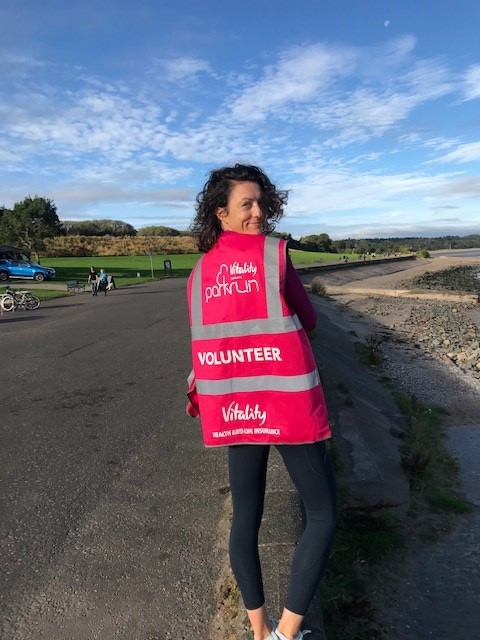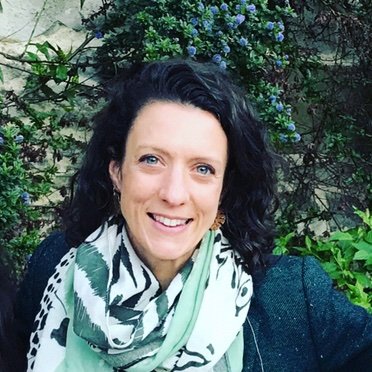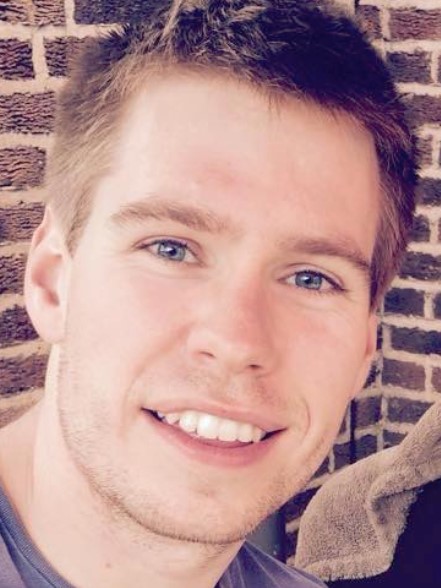
Physical activity, probably my favourite pillar of health. The benefits of exercise on health conditions have been known throughout the ages, from as far back as the Indus Civilisation, the Ancient Greeks and the Roman Empire1. More recently a 2012 British Journal of Sports medicine editorial stated that ‘Physical inactivity has become the greatest public health problem of our time and finding a way to get patients more active is absolutely critical to improving health and longevity in the 21st century’2. We are all aware of the Public Health infographics extolling the virtues of 150 minutes exercise a week3. But how many of our patients are anywhere near this? My passion is getting the most sedentary moving just a little bit, as this is where the biggest gains are to be had.
Looking to my patient population which has pockets of social deprivation and where a sedentary lifestyle is the norm, should I dare to mention the ‘e-word’ in well intentioned clinics of the past I would often be greeted by a spectrum of sneers to ‘don’t waste your breath doctor’. But as Michael Marmot says, ‘why treat your patients then return them to the conditions that made them sick’4?
During my BSLM diploma studies I discovered motivational interviewing; making a readiness assessment, meeting the patients at their level, rolling with (not insignificant) resistance, asking better questions to get the patient to identify their own goals, and taking one small step at a time. Because we all know that one change often leads to another, hence the BSLM’s ever more popular #1change. This is supported by the 2020 WHO guidelines of physical activity and sedentary behaviour with their catchphrase, ‘every move counts’5.
Seeing as we must practice what we preach I’ve started by bringing movement into my working day; a standing desk, walking tutorials, movement breaks, and a staff walking challenge. There are now local maps on my wall as a talking point, a weekly walking group starts outside the practice, and we have signed up as a Parkrun Practice.
On a personal level I am grateful for the shift in perspective following a BSLM 2020 conference talk from the fitness explorer Darryl Edwards, who discussed the importance of Joyful Movement in our play deprived society. Since then I’ve been channelling Mrs Doubtfire when tackling the housework, embracing a regular kitchen disco with the children (as Brene Brown says, ‘dance like no-one is watching’), and when we’re out and about I’ll often chose to run along the least obvious path – body slalom at bollards, or do a little pavement hopscotch – channelling the inner child! The best things in life often are free, and the simplest changes are often the ones that stick. Have you rediscovered the joy of simple movement, for your patients, your colleagues, and most importantly with the current workload, for yourself?
Dr Chris Lutterodt and Dr Alex Maxwell have founded the BSLM’s Physical Activity Special Interest Group. Comprised of a passionate group of healthcare professionals they are keen to have more people involved so if you would like to join please contact Emma, Alex or Chris. We are keen to promote the SIG, prompt discussion and explore the realms of physical activity so have decided to write short blog posts, the first of which has been written by Suzy Scarlett, GP based in Edinburgh and Primary care clinical lead for Diabetes Prevention and remission.
If you have any thoughts or comments sparked or inspired by this blog or would like to get involved with the physical activity SIG do contact Emma, Chris or Alex. If you would like to contribute to the blog with an idea or written piece then please join the SIG and tell us!

Suzy Scarlett
Edinburgh GP Suzy Scarlett is a BSLM/IBLM diplomate (2020) and a primary care clinical lead for the East of Scotland Partnership for diabetes prevention and remission. She works in an area of Edinburgh with high levels of deprivation and has a passion for getting her patients moving!
References
- Tipton, C. The history of “Exercise Is Medicine” in ancient civilizations. Adv Physiol Educ. 2014 Jun; 38(2): 109–117. https://www.ncbi.nlm.nih.gov/pmc/articles/PMC4056176/
- Sallis RE. Exercise is medicine and physicians need to prescribe it! British Journal of Sports Medicine 2009;43:3-4. 10.1136/bjsm.2008.054825
- UK Chief Medical Officer’s physical activity guidelines. Sep 2019. https://www.gov.uk/government/publications/physical-activity-guidelines-uk-chief-medical-officers-report
- Marmot, M . The health gap. London: Bloomsbury, 2015.
- WHO Guidelines on physical activity and sedentary behaviour. 25 November 2020. https://www.who.int/publications/i/item/9789240015128
BSLM’s Physical Activity SIG Chairs

Christopher Lutterodt
Dr Lutterodt is currently a London based GP registrar. He became inspired by the ever growing branch of lifestyle medicine which saw him change from surgical training to General Practice.

Alex Maxwell
Alex is a GP, Lifestyle Medic and Sports Medic working in London. He qualified from St George’s Hospital Medical School in 2011 (Cor Blimey!). As a GP he works in Thornton Heath. He is working to increase activity and decrease sedentary behaviour in both practice staff and population.
 Login
Login